Description
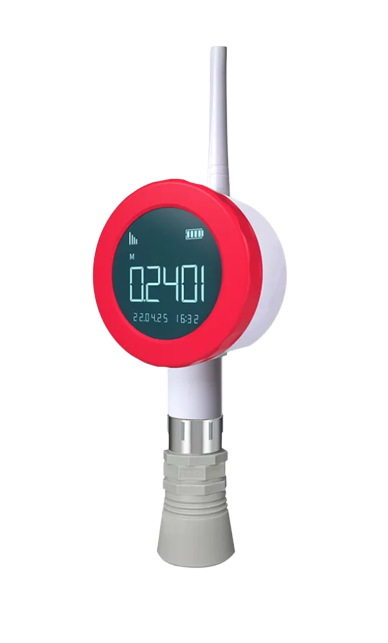 A Wireless Ultrasonic Level Transmitter is an advanced device used in various industries. This is to measure the level of liquids or solids in tanks, containers, or other storage units without the need for direct contact. This innovative sensor operates based on the principles of ultrasonic technology. This which utilizes sound waves to determine distances and levels accurately.
A Wireless Ultrasonic Level Transmitter is an advanced device used in various industries. This is to measure the level of liquids or solids in tanks, containers, or other storage units without the need for direct contact. This innovative sensor operates based on the principles of ultrasonic technology. This which utilizes sound waves to determine distances and levels accurately.
The wireless aspect of this sensor is particularly advantageous as it eliminates the need for complex wiring or cabling, making installation and maintenance significantly more convenient and cost-effective. Also, by using wireless communication protocols such as Bluetooth, Wi-Fi, Zigbee, 4G, NB-IOT, and LoRa. The sensor can transmit real-time data to a centralized system or a monitoring station, allowing users to remotely access and monitor the level measurements.
The key components of a Wireless Ultrasonic Level Transmitter typically include a transducer, a microprocessor, a wireless transmitter, and a power source. In addition, the transducer emits ultrasonic pulses towards the measured substance and then detects the reflected waves to calculate the distance to the surface. Furthermore, the microprocessor processes this data and converts it into level measurements. The wireless transmitter sends this information to the designated receivers or data collection systems. Finally, the power source, usually a battery or solar panel, provides the necessary energy for the sensor to function autonomously.
Primary Reasons to Go Wireless
One of the primary advantages of a Wireless Ultrasonic Level Transmitter is its ability to accurately measure levels in challenging environments, such as those with extreme temperatures, pressures, or hazardous materials. Finally, these sensors are designed to withstand harsh conditions and provide reliable and precise measurements regardless of the surroundings.
Furthermore, wireless connectivity enables seamless integration with existing industrial automation systems, IoT platforms, or monitoring software. Also, this integration allows for enhanced data analysis, predictive maintenance, and operational optimization, leading to increased efficiency and cost savings for businesses.
In terms of applications, wireless ultrasonic level sensors are widely used in various industries, including manufacturing, chemical processing, water and wastewater management, oil and gas, agriculture, and pharmaceuticals. In manufacturing facilities, these sensors help monitor and control inventory levels, ensuring timely replenishment and preventing stockouts. Finally, chemical plants, play a crucial role in preventing overflows and leaks by providing accurate level readings in storage tanks.
Industries that prefer Wireless
In the water and wastewater industry, wireless ultrasonic level sensors are utilized to monitor water levels in reservoirs. They also utilize wells, and treatment plants, enabling efficient management of water resources and infrastructure. Finally, in the oil and gas sector, these sensors contribute to the safe and reliable storage. They also contribute to transportation of fuels and other liquids by offering precise level measurements in tanks and pipelines.
Moreover, in agricultural settings, wireless ultrasonic level sensors assist farmers in monitoring the levels of fertilizers. In addition, it assists pesticides, and irrigation water in tanks or silos, facilitating optimal crop growth and resource utilization. Furthermore, in pharmaceutical manufacturing, these sensors ensure the precise measurement of liquid ingredients in production processes. Finally at price measurement to maintain product quality and compliance with regulatory standards.
Overall, a Wireless Ultrasonic Level Transmitter is a sophisticated and versatile tool that offers accurate level measurements. It has remote monitoring capabilities, easy installation, and integration with various systems. Finally, by leveraging the benefits of wireless technology and ultrasonic principles, this sensor enhances operational efficiency. Also, it enhances safety, and productivity across a wide range of industries and applications.
Interested in a different type of Wireless Sensor?
A Wireless Pressure Transmitter
Wireless Floating Level Transmitter
The Wireless Ultrasonic Level Transmitter
Wireless Flow Level Transmitter
Specifications
|
Battery power
|
3.6V 17000mAh battery
|
|
Lifespan
|
5 years (uploading data once an hour)
|
|
Power consumption
|
Standby current ≤80uA data average sending current ≤150mA
|
|
Display
|
TFT LED display screen
|
|
Network mode
|
NB-IoT, 4G, LoRa, LoRaWAN
|
|
Sampling interval
|
Per minute
|
|
Data transmission interval
|
Configuring time 2min-1440min, the less time you configure, the shorter the life of the battery
|
|
Wake-up mode
|
Button, timer
|
|
Configuration method
|
USB configuration, Sever remote configuration
|
|
Uploading information
|
level height, distance, battery power, signal, SIM number
|
|
Working time
|
-30 ℃~70℃ (No condensing)
|
|
Measurement range
|
8m (measuring angle 15° or 20° Optional)
|
|
Accuracy
|
±1+S*0.3% cm
|
|
Measuring blind area
|
25cm
|
|
Temperature compensation
|
Yes
|
|
Measuring theory
|
Ultrasonic
|
|
Protection level
|
IP66
|
Installation
To install a wireless ultrasonic level sensor, follow these step-by-step instructions:
1. Choose a suitable mounting location: Select a spot on the tank or container where the sensor can have an unobstructed view of the measured liquid or solid. Ensure that the mounting surface is clean and flat.
2. Mount the sensor: Use the appropriate mounting hardware to securely attach the sensor to the chosen location. Make sure it is placed at the desired height to measure the level accurately.
3. Connect the power source: If the sensor is battery-operated, install the batteries according to the manufacturer’s instructions. Alternatively, if it has a solar panel, ensure it receives adequate sunlight for charging.
4. Configure the sensor: Follow the manufacturer’s guidelines to set up the sensor for wireless communication. This may involve pairing it with a receiver or connecting to a monitoring system via Bluetooth, Wi-Fi, 4G, NB-IoT or other wireless protocols.
5. Test the sensor: Before putting it into operation, conduct a test to ensure that the sensor is functioning correctly. Fill the tank with water or another suitable substance and verify that the sensor accurately measures the level.
6. Establish communication: If the sensor is wirelessly connected to a monitoring system or software, make sure that the data is being transmitted and received properly. Check the signal strength and troubleshoot any connectivity issues if necessary.
7. Calibration (if required): Some sensors may require calibration to ensure accurate measurements. Follow the manufacturer’s instructions for calibration procedures, which typically involve setting the sensor’s zero point and span.
8. Monitor and adjust settings: Regularly monitor the sensor’s readings to ensure consistent and reliable performance. Adjust settings as needed to maintain accurate level measurements.
By following these installation instructions carefully, you can successfully set up a wireless ultrasonic level sensor for efficient and reliable level monitoring in your industrial or commercial applications.
Applications
Wireless ultrasonic level sensors offer versatile applications across various industries because they provide accurate and reliable level measurements without direct contact. Some common applications of these sensors include:
Industrial Manufacturing: In manufacturing facilities, these sensors are used to monitor and control inventory levels of raw materials, finished products, or chemicals in storage tanks and silos. This ensures timely replenishment, prevents stockouts, and optimizes production processes.
Water and Wastewater Management: Municipalities and water treatment plants utilize wireless ultrasonic level sensors to monitor water levels in reservoirs, wells, and treatment tanks. These sensors help in efficient water management, early leak detection, and preventive infrastructure maintenance.
Oil and Gas Industry: In oil refineries, storage terminals, and pipelines, these sensors are crucial for measuring liquid levels of fuels, oils, and chemicals. They help prevent overfills, and spills, and ensure safe storage and transportation of hazardous substances.
Agriculture: Farmers use wireless ultrasonic level sensors to monitor levels of fertilizers, pesticides, and water in tanks, silos, or irrigation systems. These sensors aid in optimizing crop growth, resource usage, and irrigation scheduling for improved agricultural productivity.
Pharmaceutical Manufacturing: In pharmaceutical production facilities, these sensors play a vital role in measuring precise levels of liquid ingredients in mixing tanks and reactors. This ensures accurate formulations, quality control, and compliance with strict regulatory standards.
Chemical Processing: Chemical plants rely on wireless ultrasonic level sensors to monitor levels of corrosive or hazardous liquids in storage vessels or reaction tanks. These sensors help prevent spills, and leaks and ensure safe handling of chemicals.
Food and Beverage Industry: In food processing and beverage production facilities, these sensors are used to monitor the levels of ingredients, liquids, or final products in tanks or containers. They help in maintaining inventory control, recipe accuracy, and compliance with food safety regulations.
Mining and Construction: In mining operations and construction sites, these sensors are employed to measure levels of aggregates, minerals, or slurry in storage bins, hoppers, or mixing tanks. This aids in inventory management, process efficiency, and material tracking.
Environmental Monitoring: Wireless ultrasonic level sensors are utilized in environmental monitoring applications such as flood detection, groundwater monitoring, and river level measurement. They help in early warning systems, flood control, and water resource management.
HVAC Systems: Building management systems use these sensors to monitor levels of water or chemicals in HVAC system reservoirs or cooling towers. This ensures optimal system performance, energy efficiency, and preventive maintenance.
These are just a few examples of the diverse applications of wireless ultrasonic level sensors across different industries, highlighting their versatility, accuracy, and reliability in level monitoring and control systems.
Q&A
Q: What is a wireless ultrasonic level sensor?
A: A wireless ultrasonic level sensor is a device used for measuring liquid or solid levels in tanks without physical contact. It emits ultrasonic waves to determine distances accurately and utilizes wireless technology to transmit real-time data to monitoring systems.
Q: What industries can benefit from using wireless ultrasonic-level sensors?
A: Industries such as manufacturing, water and wastewater management, oil and gas, agriculture, pharmaceuticals, and chemical processing can benefit from using wireless ultrasonic level sensors for level monitoring, inventory control, and process optimization.
Q: How do wireless ultrasonic level sensors work?
A: Wireless ultrasonic level sensors emit ultrasonic pulses towards the substance being measured and detect the reflected waves to calculate the distance to the surface. They use wireless communication protocols to transmit level measurements to monitoring systems for remote access and control.
Q: What are the advantages of using wireless ultrasonic-level sensors?
A: Wireless ultrasonic level sensors offer advantages such as easy installation, remote monitoring capabilities, accurate measurements in challenging environments, integration with existing systems, and cost-effectiveness due to reduced wiring requirements.
Q: What are some common applications of wireless ultrasonic-level sensors?
A: Common applications of wireless ultrasonic level sensors include inventory monitoring in manufacturing, water level measurement in water treatment plants, oil level monitoring in storage tanks, fertilizer monitoring in agriculture, and liquid ingredient measurement in pharmaceutical manufacturing.
Q: How are wireless ultrasonic level sensors powered?
A: Wireless ultrasonic-level sensors can be powered by batteries, solar panels, or external power sources. They are designed to operate autonomously and efficiently transmit data wirelessly to monitoring systems for continuous level monitoring and control.
Advantages / Disadvantages
Advantages
Wireless Convenience: Wireless ultrasonic level sensors eliminate the need for complex wiring, making installation and maintenance easier and more cost-effective.
Remote Monitoring: These sensors offer real-time data transmission using wireless communication protocols, enabling remote access and monitoring from anywhere.
Accurate Measurements: Ultrasonic technology provides precise level measurements even in challenging environments, ensuring reliable data for effective control and optimization.
Versatile Applications: Wireless ultrasonic level sensors find applications across various industries, from manufacturing and oil & gas to agriculture and water management.
Integration: These sensors can easily integrate with existing systems, IoT platforms, or monitoring software, enhancing data analysis, predictive maintenance, and operational efficiency.
Disadvantages
Limited Range: Wireless communication methods like Bluetooth, Wi-Fi, LoRa, or 4G may have limitations in terms of range, which could affect data transmission in large industrial facilities.
Interference: Wireless signals may be susceptible to interference from other electronic devices, structures, or environmental factors, potentially impacting data accuracy and reliability.
Power Dependency: Wireless ultrasonic sensors rely on power sources like batteries or solar panels, which may require regular maintenance or replacements to ensure continuous operation.
Initial Setup Complexity: Setting up wireless ultrasonic-level sensors with remote monitoring systems may require technical expertise and configuration, adding complexity to the installation process.
Cost: While wireless ultrasonic level sensors offer long-term benefits, the initial cost of purchasing and installing these advanced sensors may be higher compared to traditional wired sensors.
Only logged in customers who have purchased this product may leave a review.
 A Wireless Ultrasonic Level Transmitter is an advanced device used in various industries. This is to measure the level of liquids or solids in tanks, containers, or other storage units without the need for direct contact. This innovative sensor operates based on the principles of ultrasonic technology. This which utilizes sound waves to determine distances and levels accurately.
A Wireless Ultrasonic Level Transmitter is an advanced device used in various industries. This is to measure the level of liquids or solids in tanks, containers, or other storage units without the need for direct contact. This innovative sensor operates based on the principles of ultrasonic technology. This which utilizes sound waves to determine distances and levels accurately.
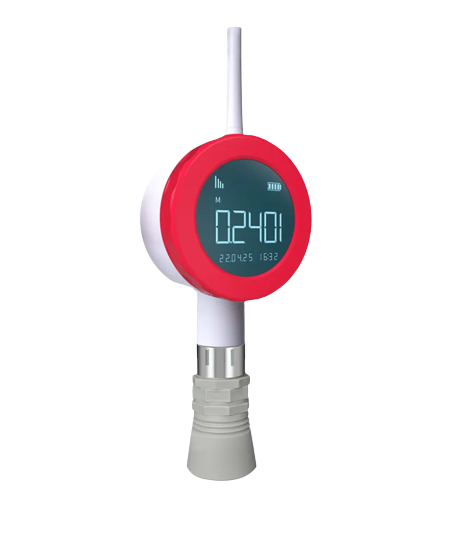
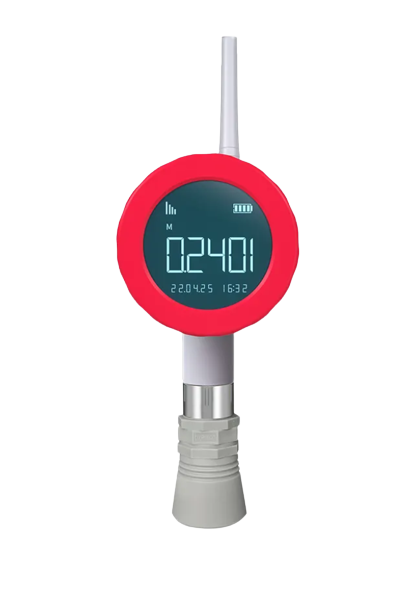
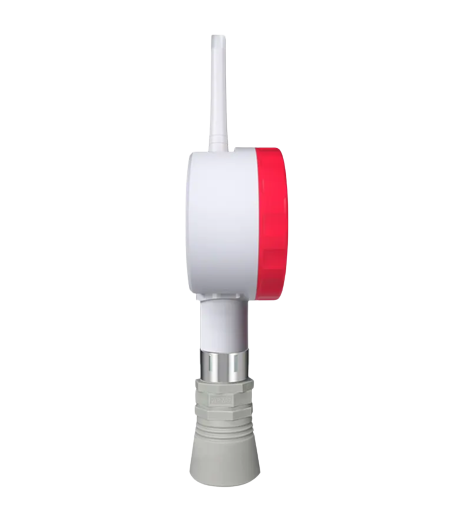
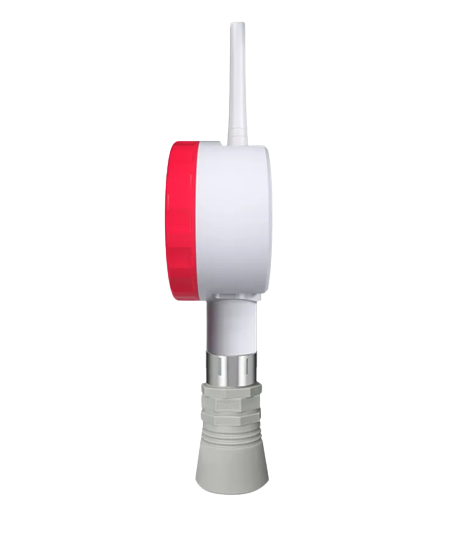
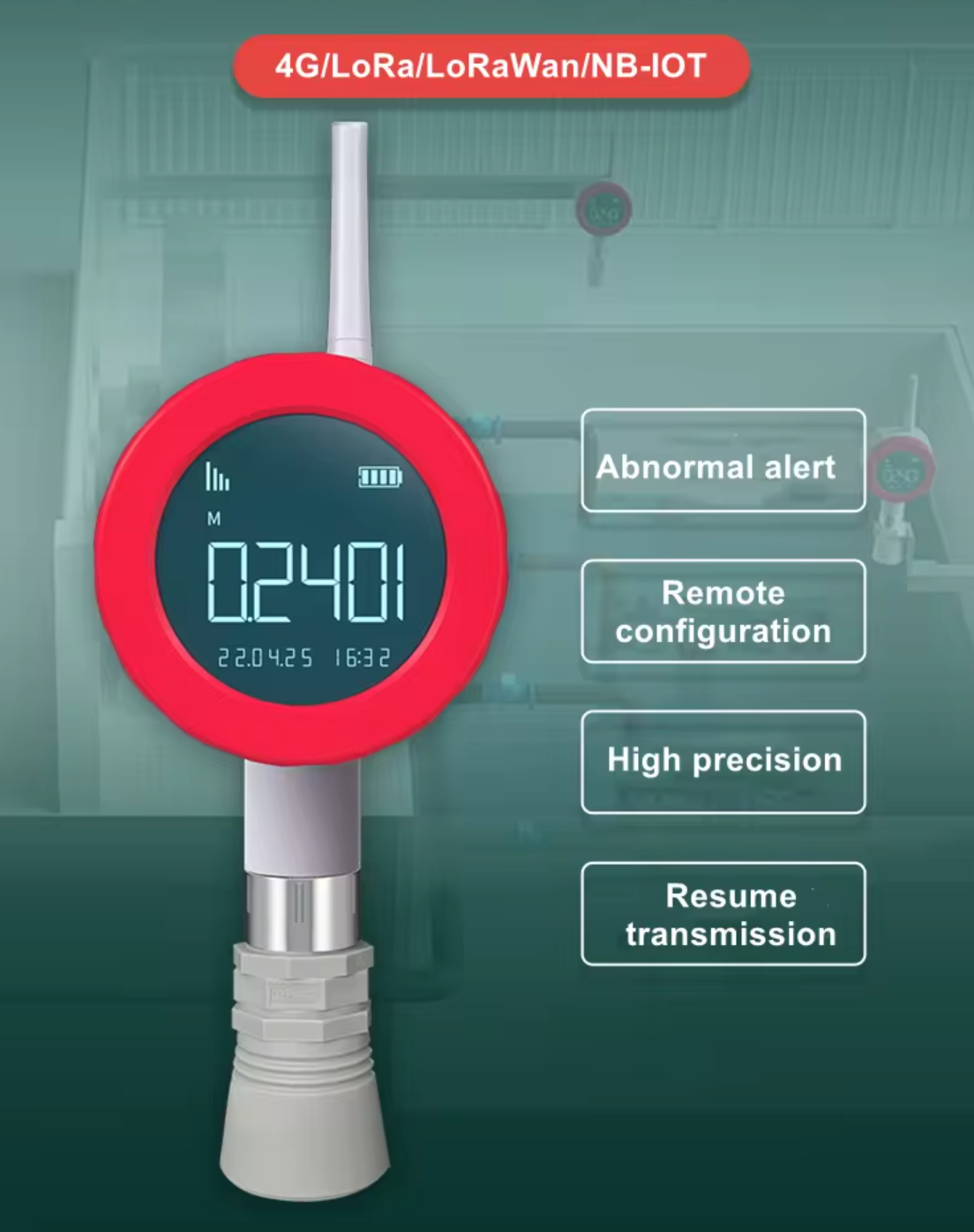
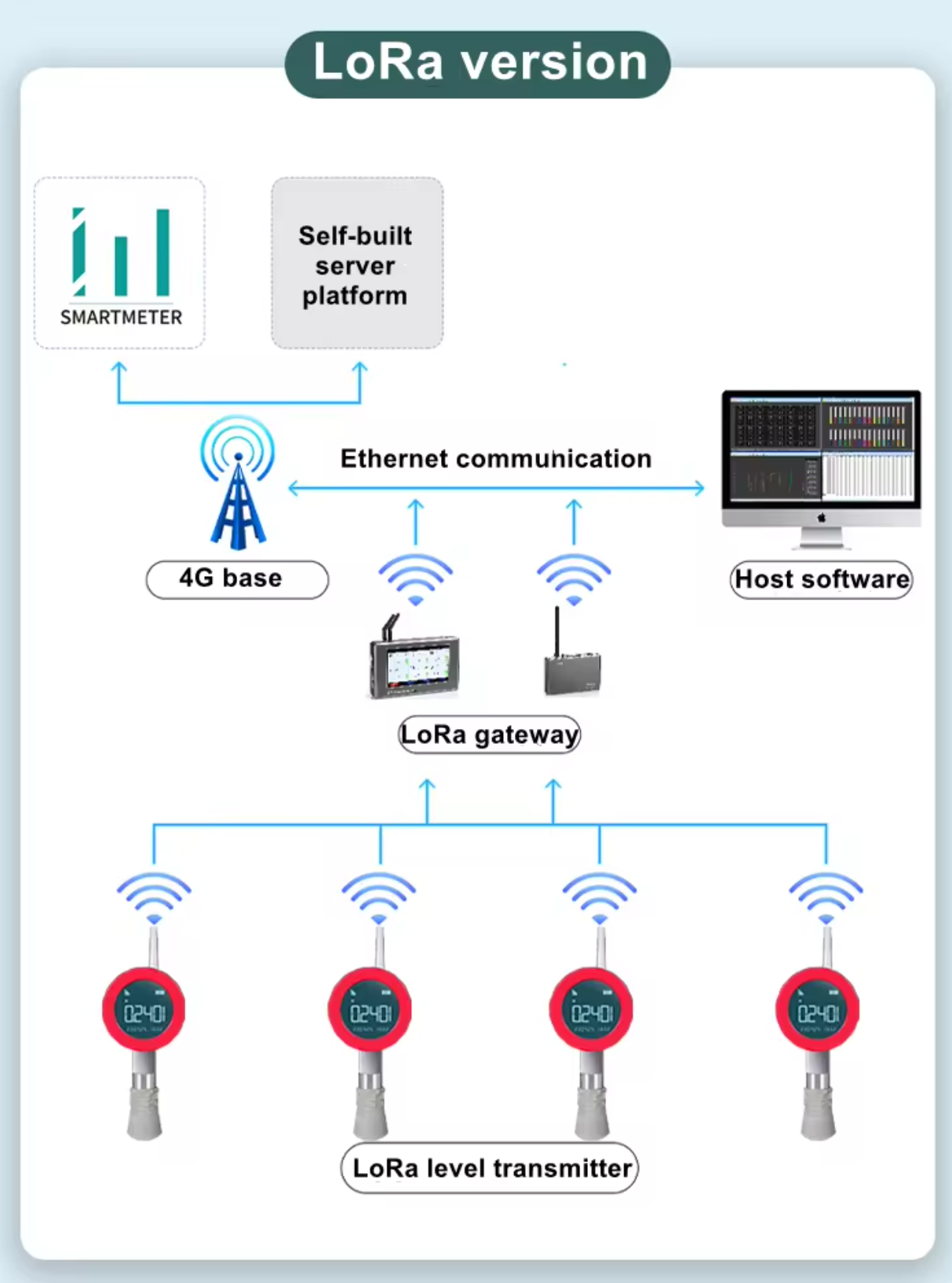
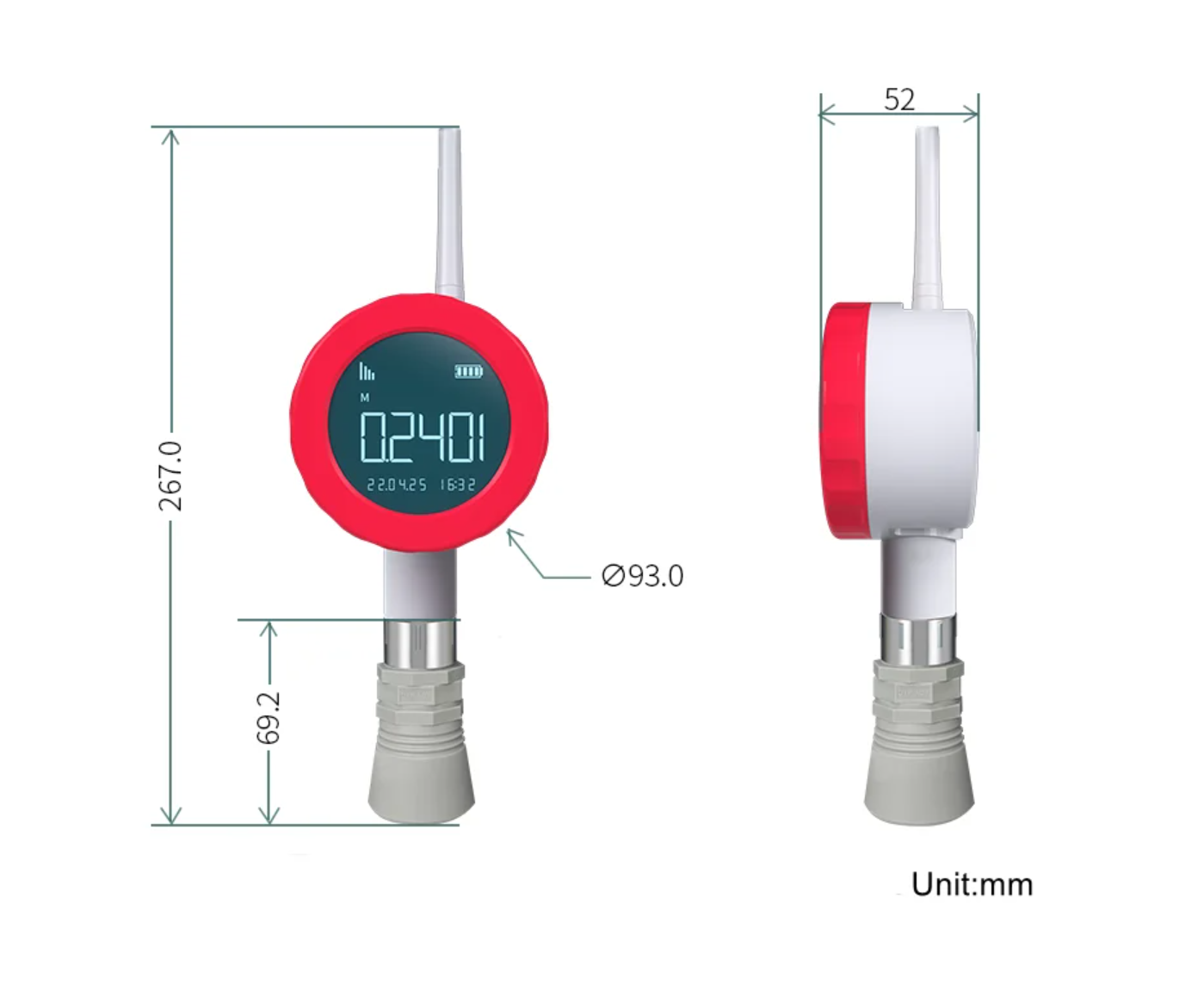
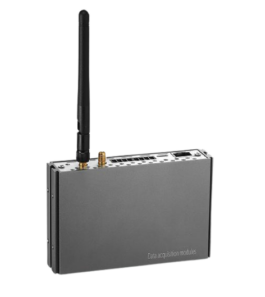
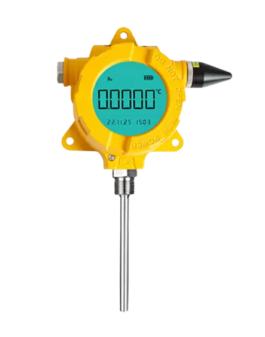
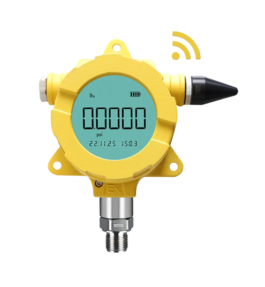
Reviews
There are no reviews yet.